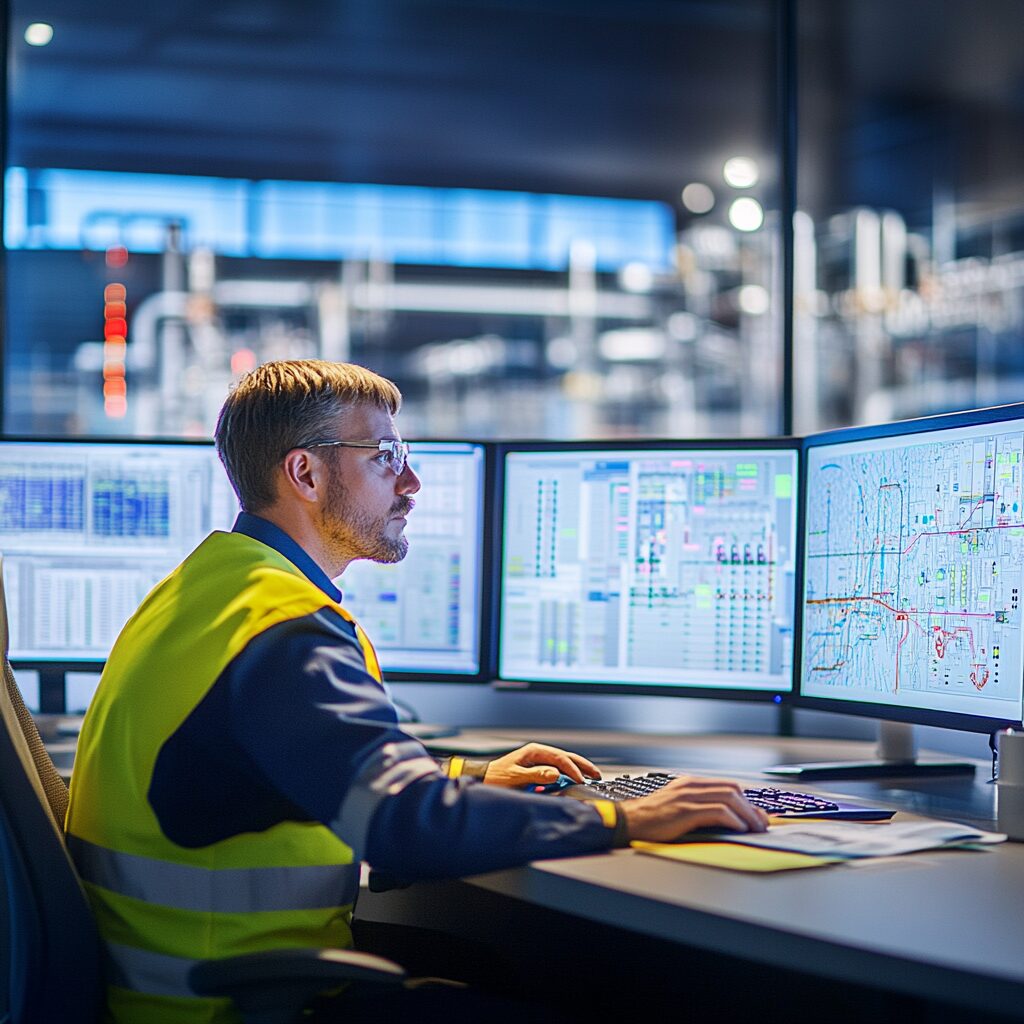
-







-






Latest posts

11 de June de 2025
Share:

Florencia
AV & Collaboration Specialist
Energy doesn’t just power cities and industries—it’s the engine behind the global economy. In this high-stakes landscape, adaptability, precision, and fast decision-making are no longer optional. Modern energy companies must process massive data streams in real time, coordinate responses across regions, and meet rising standards for safety and environmental compliance. To meet these demands, smart, connected infrastructure has become a strategic priority. Enter technology rooms: purpose-built environments that integrate data, technology, and people to enable seamless, 24/7 operations. Here are four key reasons why energy companies are investing in these rooms—and why they’re far from just another cost. Traditional control rooms were built for localized operations. But today’s energy models demand a panoramic view across remote plants, substations, and distributed assets. Thanks to advances in SCADA systems, Industrial IoT (IIoT), and smart sensors, companies can now gather, analyze, and act on real-time data at scale. But raw data alone isn’t enough. Without a centralized, ergonomic space to manage it, insight turns into information overload. Modern technology rooms bring structure to complexity. With video walls, content management systems, and interoperable platforms, they deliver real-time visibility across entire grids—enabling faster, safer, and more informed decisions. In a crisis, the layout of a room can shape the outcome. Effective technology rooms are designed not just for daily operations, but also for high-stress scenarios where seconds matter. An emergency-ready room includes: This design ensures that, when it matters most, the space enhances clarity and action—not chaos. As the energy sector digitizes, scalability becomes essential. Technology rooms must evolve with growing data loads, new systems, and shifting regulations—without needing a full rebuild. Scalable design includes: Reliability is just as critical. Redundancy features—like UPS systems, mirrored servers, and backup power—ensure continuous operations even if systems fail. These choices reduce risk, lower maintenance costs, and boost long-term performance. The most effective rooms start with people, not just blueprints. Every successful implementation involves early collaboration with operators, engineers, IT teams, and architects. In the discovery phase, teams define: From there, the design process includes: Testing and training phases allow users to gain confidence in the tools—minimizing friction, improving usability, and enabling true operational flow from day one. Technology rooms are more than screens and desks. Their components are carefully selected for durability, interoperability, and high performance in industrial environments: Every element must work together—not just once, but continuously. Technology rooms aren’t decorative extras—they’re critical infrastructure. They help detect and resolve incidents faster, keep operations running smoothly, and support real-time collaboration across geographies. Their modular, scalable nature makes them a smart long-term investment—adaptable to future needs and challenges without reinvention. Want a closer look at how smart control rooms are changing the energy industry? Join our next Newtech Webinar and explore real-world examples of how leading companies are using technology rooms to stay ahead of the curve.1. Real-Time Supervision Is No Longer Optional
2. Emergency-Ready Design: Form Supports Function
3. Scalable, Resilient Infrastructure Built for the Future
4. Collaborative Design Ensures Long-Term Success
The Technologies Behind Modern Control Rooms
Technology Rooms: A Strategic Asset, Not a Luxury
See It in Action: Join Our Upcoming Webinar
Share
If you are looking for advice on technological solutions
in videoconferences please write us!
"*" indicates required fields
© 2025 All rights reserved | newtechgroup.com